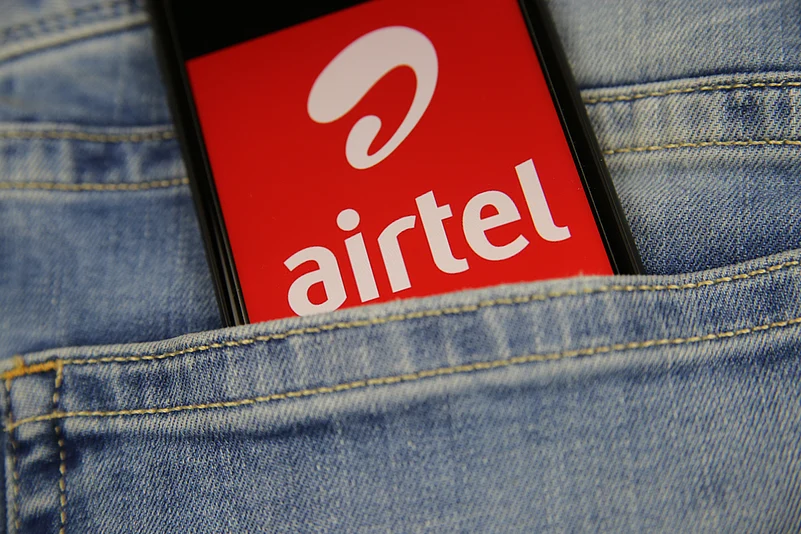Bharti Airtel and Reliance Jio are neck and neck in terms of active mobile subscriptions, and hence the industry is unlikely to see any unanimous tariff hikes in 2021-22, a report said on Tuesday.
Domestic credit rating agency Crisil's research wing pointed out that there is a close contest between the top two telcos when one goes by active subscriber base with Jio's share at 33.7 per cent and Airtel's at 33.6 per cent.
“The active subscriber market share data indicates the top two players are neck and neck, with neither ready to bite the bullet and raise tariffs,” it said.
Advertisement
The build-up in competitive intensity also indicates that the industry is unlikely to see unanimous tariff hikes at least in the near term, limiting a large upside in average revenue per user (ARPU) in fiscal year 2022, it added.
The report said there is a universe of 250-300 million active non-4G subscriber base, which will be on the radar of the telcos for conversion to 4G users in order to increase revenues.
While competition to attract this user base did exist before, inadequate spectrum and 4G coverage made operators err on the side of caution, it said, adding that with the recent spectrum acquisition, telcos are well-positioned to handle any surge in data traffic, leading to increased aggression by the players to gain market share.
Advertisement
However, a price war like the one seen before 2019 is unlikely and competition will be indirect in the form of tie-ups with smartphone manufacturers for low-cost phones, increased bundling of over the top (OTT) content and lower entry points for upgrade customers, the report said.
It said Jio's recently launched JioPhone 2021 plans offering handsets along with one and two-year unlimited calling validity for Rs 1,499 and Rs 1,999, respectively, is representative of the same.
Individual players will most likely increase tariffs on selected plans given their immediate need to improve Average Revenue Per Unit (ARPU), it said. While all players agree that tariff hikes are paramount, they have differing levels of urgency to implement the hikes.
With the onset of the second wave of the pandemic and the resultant restrictions, there is once again reverse migration of labour. That could mean another quarter of subscriber churn. Also, given the restrictions in major cities, smartphone sales are likely to be impacted as well, which would slow 4G subscriber additions in the current quarter, it said.
The pace of additions should pick up gradually over the remainder of this fiscal as competitive intensity in the wireless-telecom market increases, the report said.
In the best case, 4G subscribers may rise to 820 million by the end of this fiscal year from 720 million ar 2020-21 end, assuming restrictions last only for the current quarter. In the bear case, where lockdowns extend through the second quarter, the number will reach 800-810 million, it said.















 Just one email a week
Just one email a week